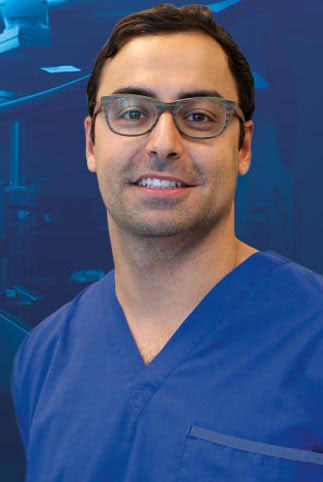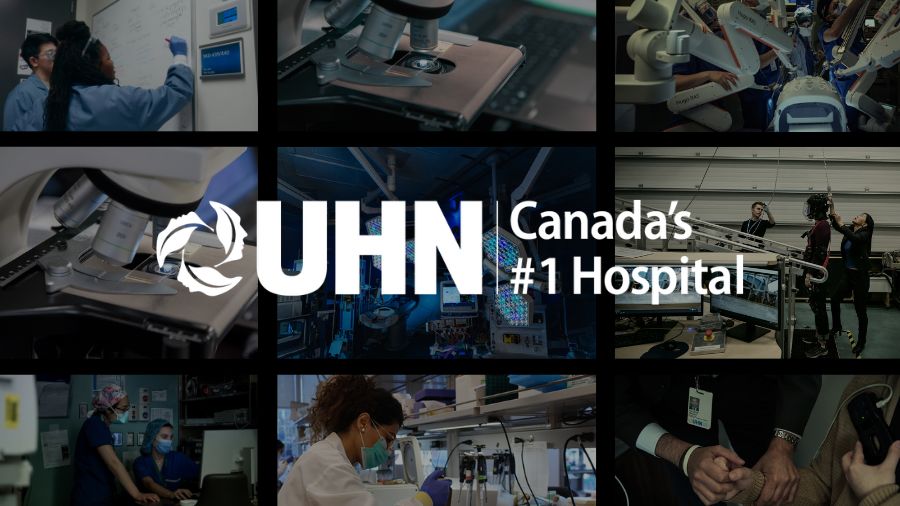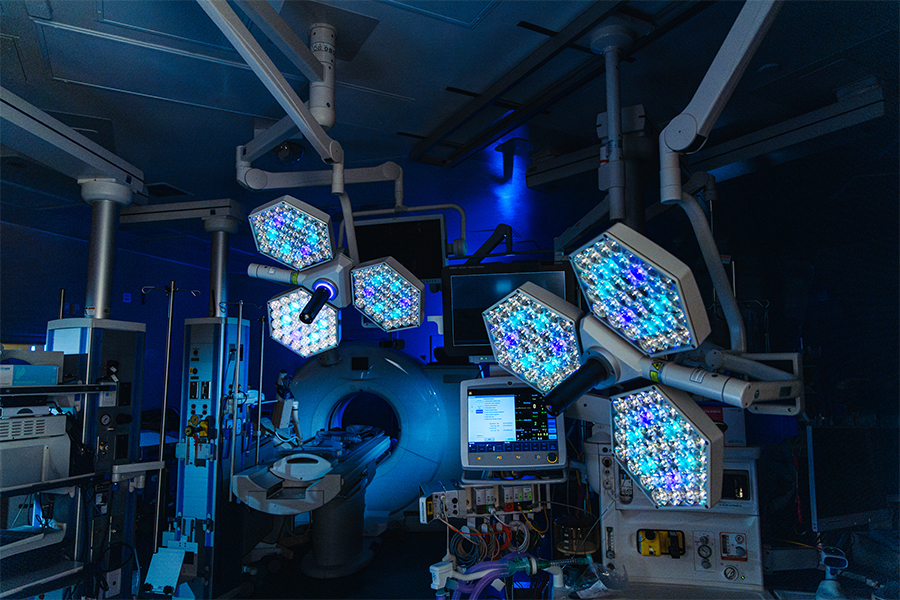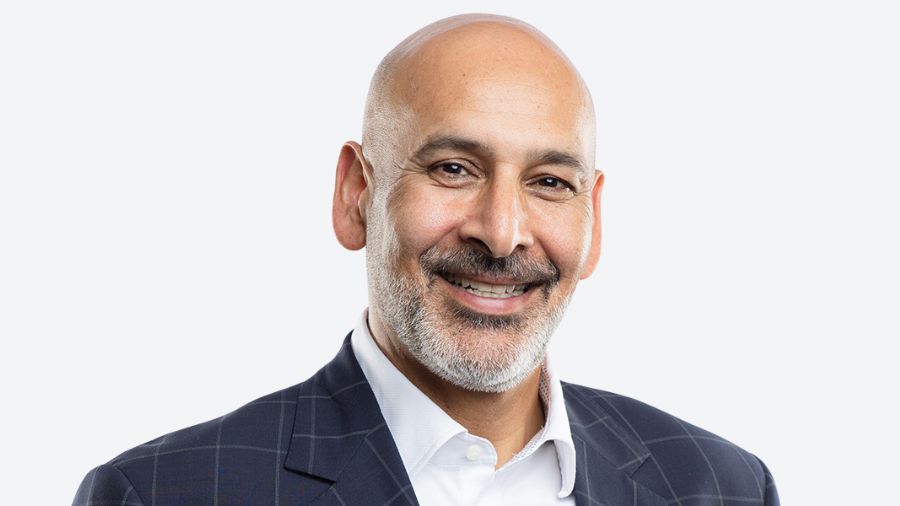Dr. Gelareh Zadeh, Medical Director of the Krembil Brain Institute at UHN, is senior author of the study, which was published Aug. 25 in Nature. (Photo: The Globe and Mail)
UHN researchers have made new findings which provide a deeper understanding of the most common – but highly under-studied – type of brain tumour, opening a new treatment pathway for patients.
Research conducted by Senior Scientist Dr. Gelareh Zadeh’s lab at the Macfeeters-Hamilton Neuro-Oncology Program, Princess Margaret Cancer Centre, offers expanded insight into the biology of meningiomas. Even though they are the most familiar brain tumour, our understanding of meningiomas has changed little in 30 years.
Treatment options have largely been limited to surgery and some use of radiation therapy. The new findings from the UHN team shows that there are in fact four distinct subtypes of meningiomas based on integrated genomic and epigenomic characteristics of the tumours.
Identifying unique tumour characteristics has led to new medical treatment options based on the tumours’ biological drivers.
“This is really a transformation in our understanding of meningiomas,” Dr. Zadeh says. “For many years, patients have often needed to have multiple rounds of surgery and radiation, with very limited lasting effects. Having the option of a medical treatment changes the landscape for our patients.”
Dr. Zadeh, who also serves as Medical Director of the Krembil Brain Institute at UHN, Dan Family Chair in Neurosurgery, Wilkins Family Chair in Neurosurgical Brain Tumour Research, and Head of the Division of Neurosurgery, Sprott Department of Surgery, is senior author of the study, which was published in Nature on Aug. 25. Dr. Farshad Nassiri, Vanier Canada Graduate Scholar and chief neurosurgery resident in Toronto, is first author of the study.
“The classification that we’ve discovered for the first time gives insight into the biology of the full spectrum of meningiomas,” Dr. Nassiri says. “Before, no one really knew how these tumours became aggressive.”
“Biology is very closely associated with treatment sensitivity and personalized medicine. This gives us the first real look at more tailored therapeutics as opposed to a catch-all type treatment for patients.”

Dr. Zadeh says her team took the findings on the new tumour classifications and moved them toward clinically usable tests with the help of fellow Princess Margaret Senior Scientists Drs. Thomas Kislinger, Daniel de Carvalho and Gary Bader, as well as Dr. Ken Aldape from the National Cancer Institute.
“We found that each group of meningioma expressed very specific proteins, and that these proteins could be assayed using conventional techniques that are already available in neuropathology laboratories,” Dr. Zadeh says. “This means that this classification can be immediately used in almost all cancer centres around the world.”
For the first time, the group has also found new treatment options based on a biological rationale for meningiomas.
“We noticed that the most aggressive group of meningiomas may be treated using a drug that is already FDA approved for other cancers,” Dr. Nassiri says.
Dr. Nassiri explains the work was made possible by UHN’s expansive brain tumor bio-bank of more than 5,000 brain tumour samples with matching clinical data, together with the strength of the meningioma consortium that he and Dr. Zadeh lead.
“This is where UHN really distinguishes itself, having this invaluable resource for this very under-studied orphan disease,” he says.
Dr. Zadeh says “this study is truly a reflection of the strength of the UHN environment where we can bring the talent and expertise together.”
Co-second authors, Drs Jeff Lui, Vikas Patil and Mamatjan Yasin from the Zadeh lab, worked closely with Drs Nassiri and Zadeh to make these genomic datasets and this body of work serve as an invaluable resource, made publicly available for the scientific community to use and build on the current discoveries.
”Creating a tool similar to The Cancer Genome Atlas for meningiomas will place us on the map of brain tumor discoveries” says Dr. Nassiri.
This work was supported in part by UHN Foundation donors.




